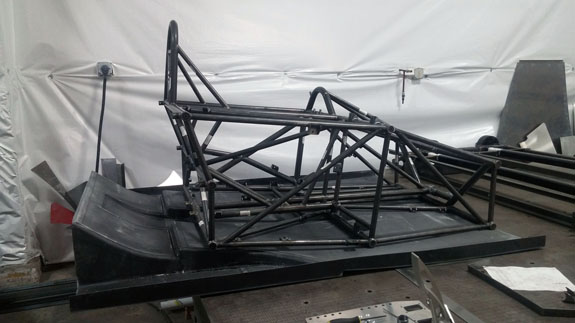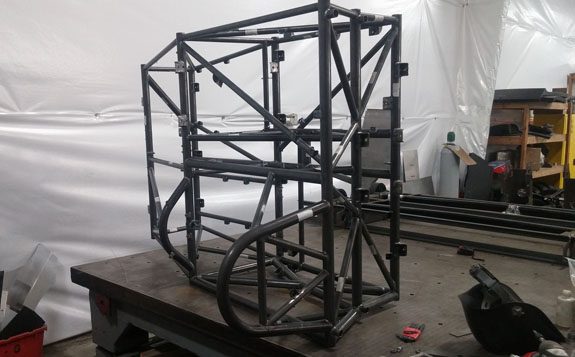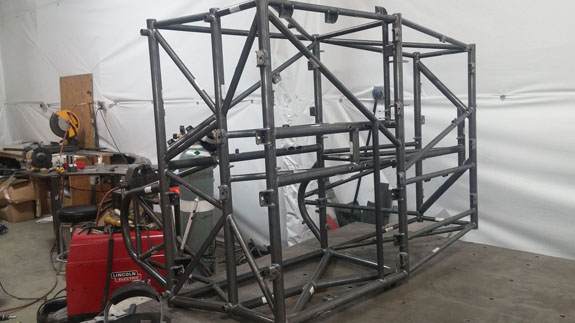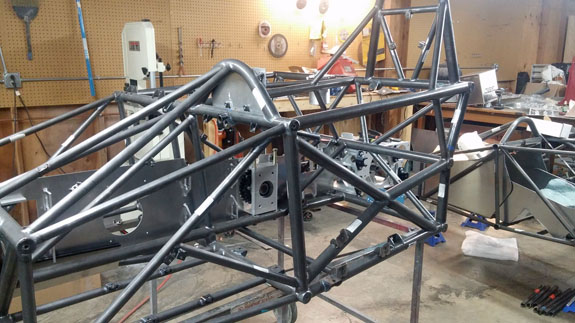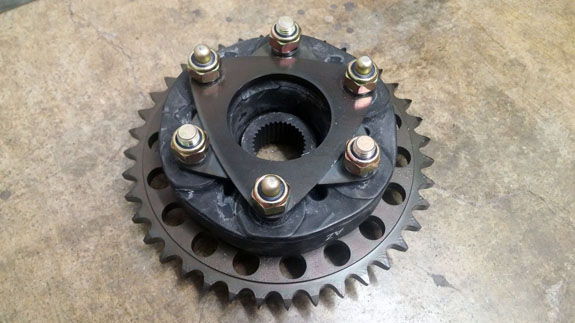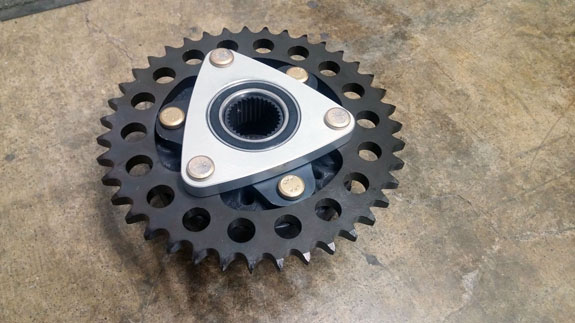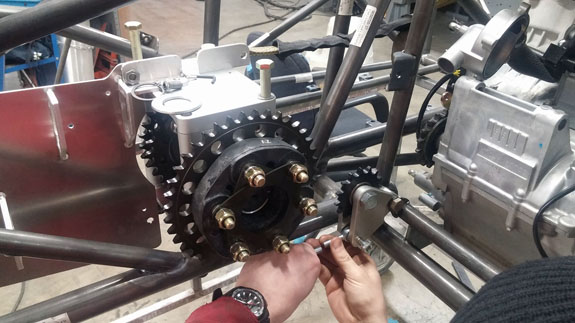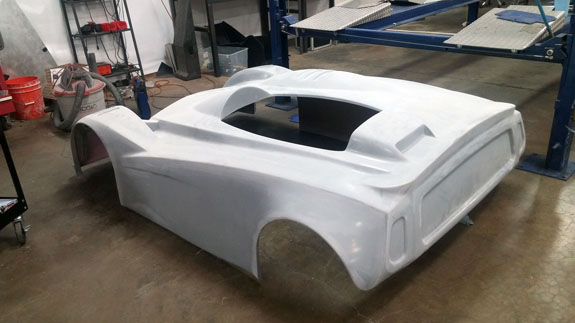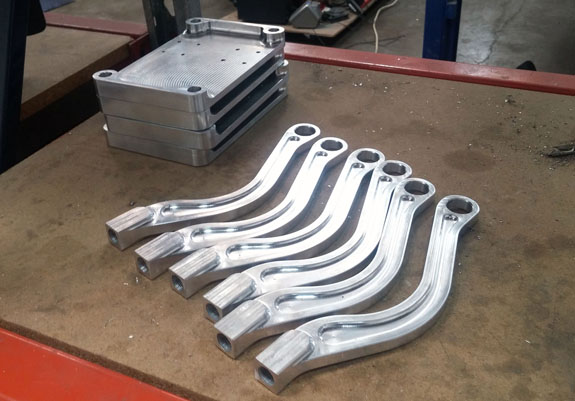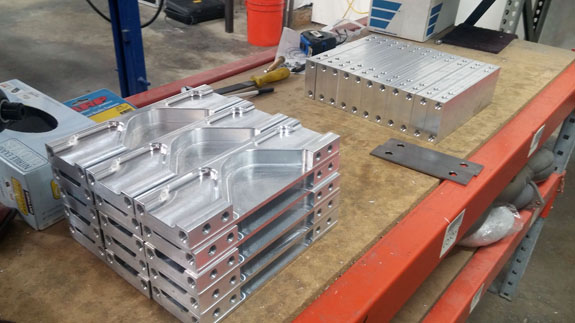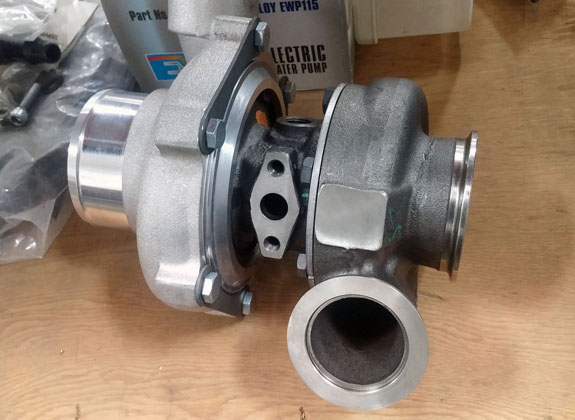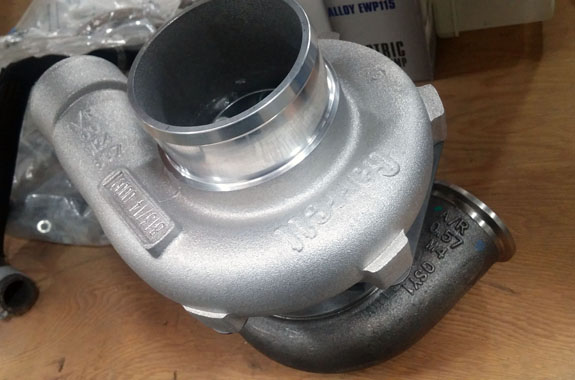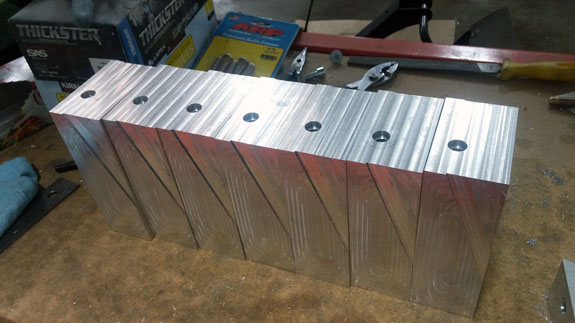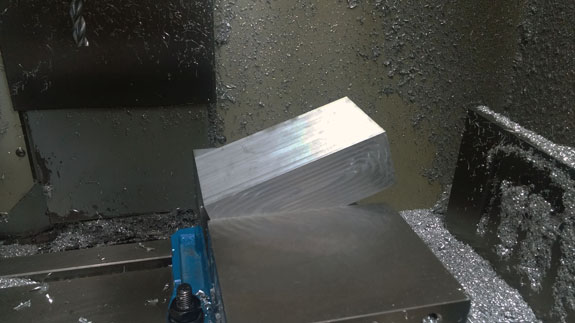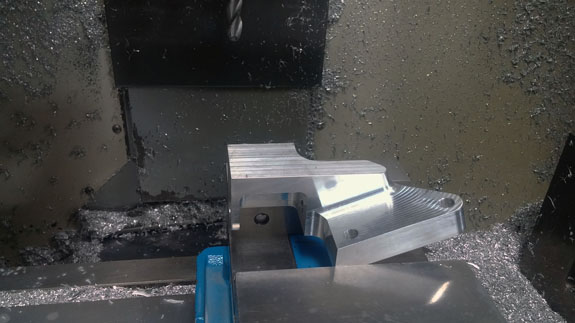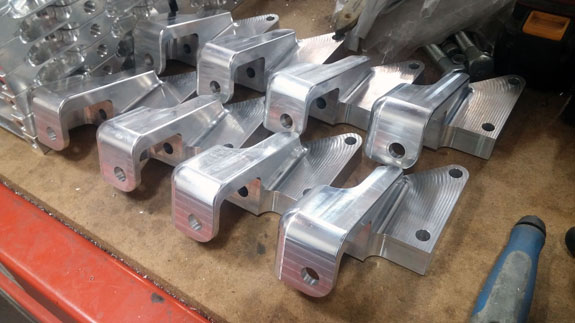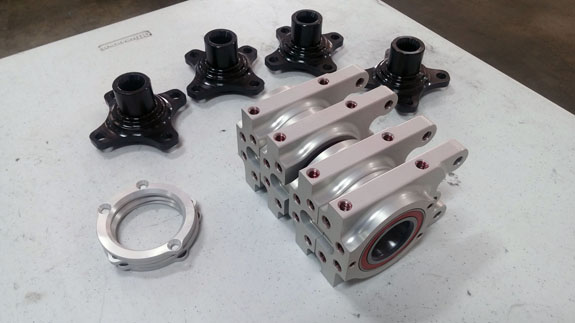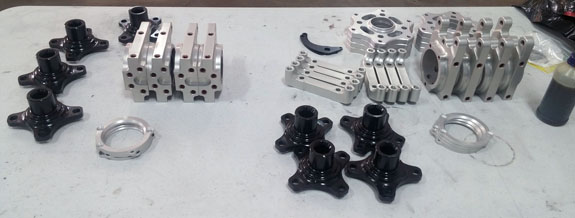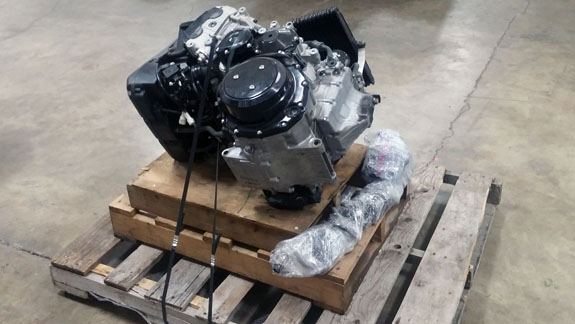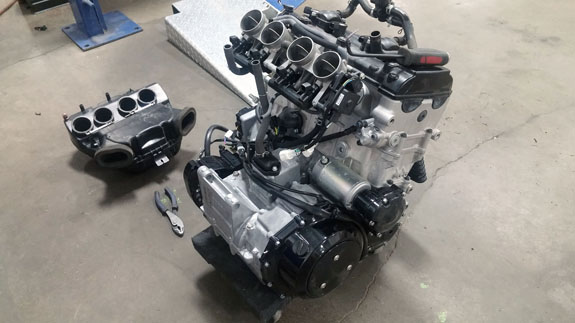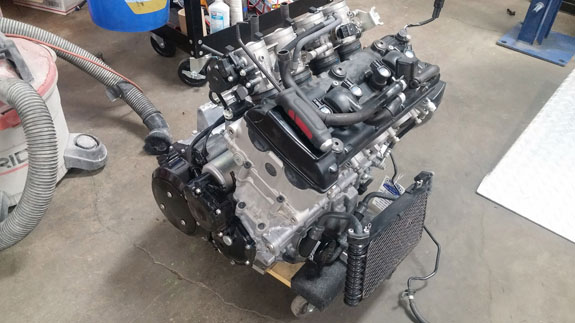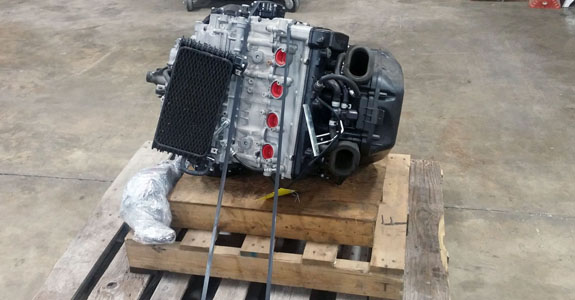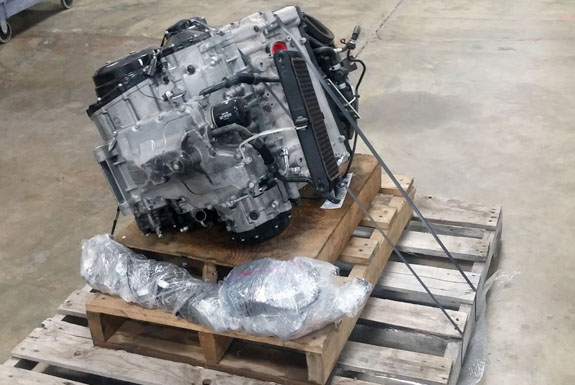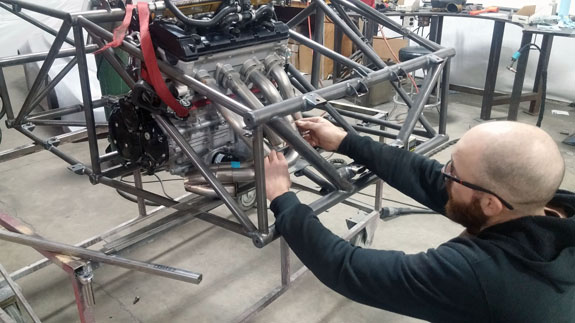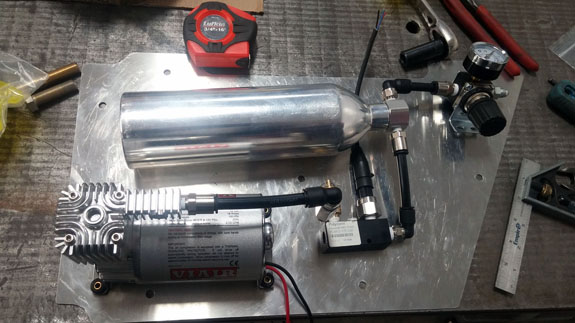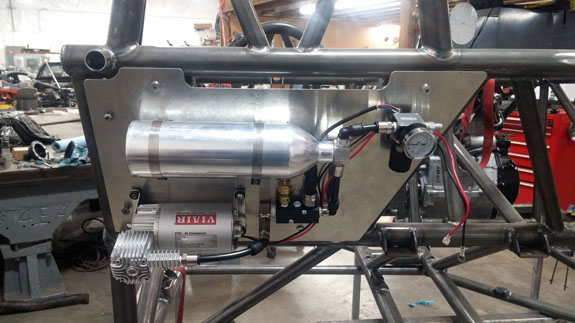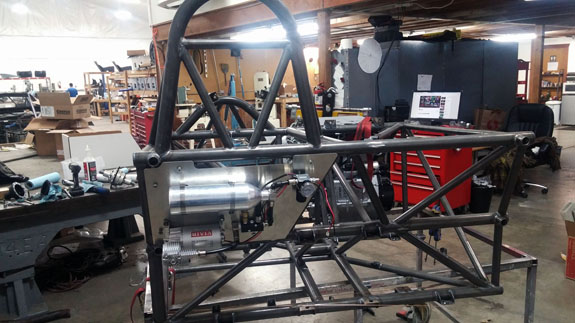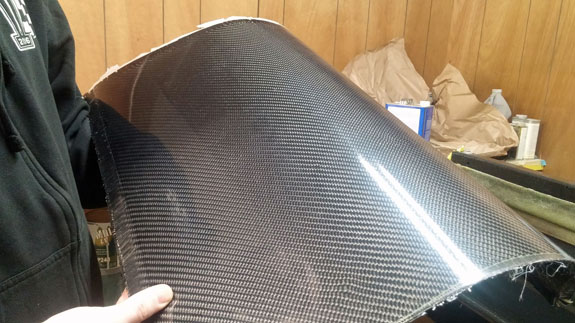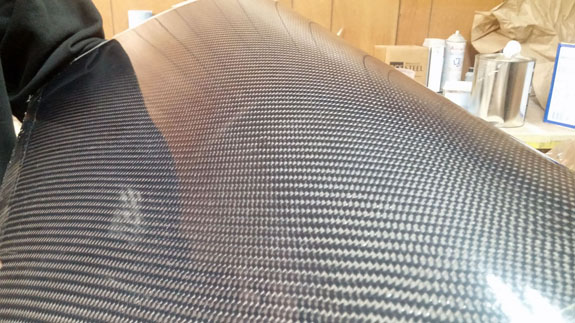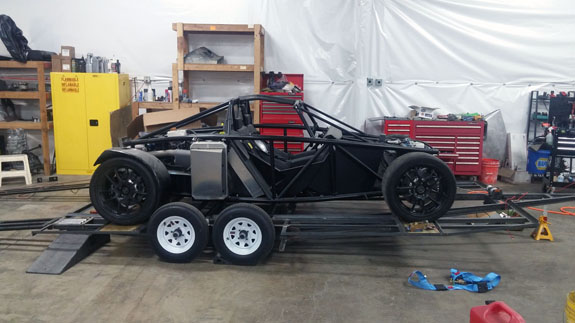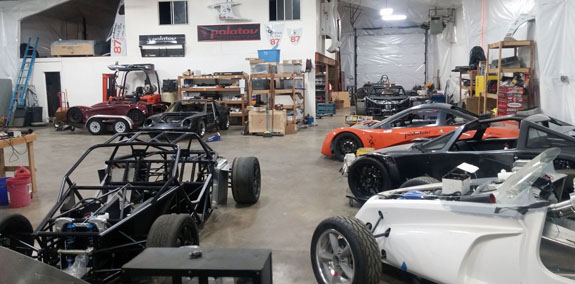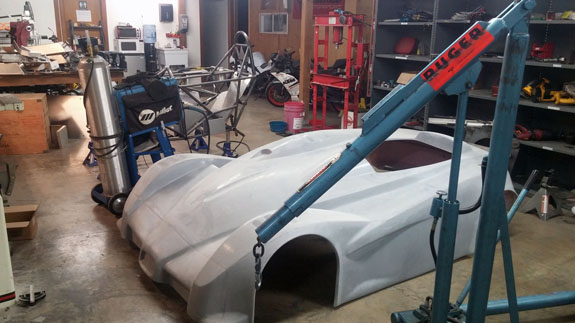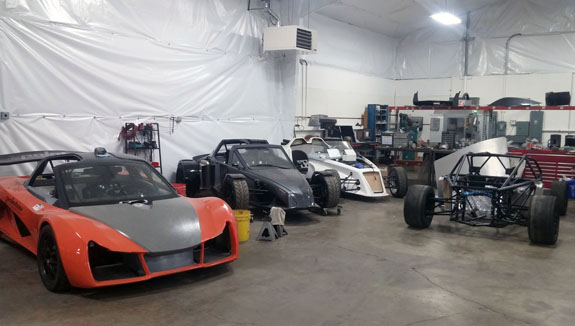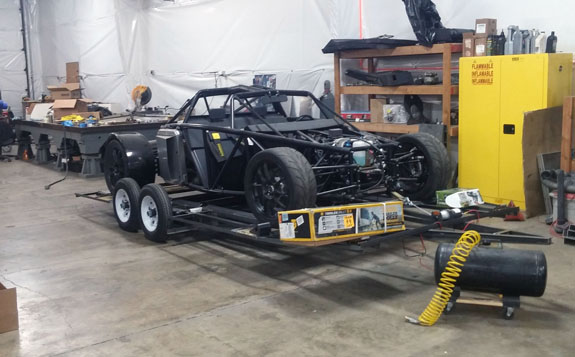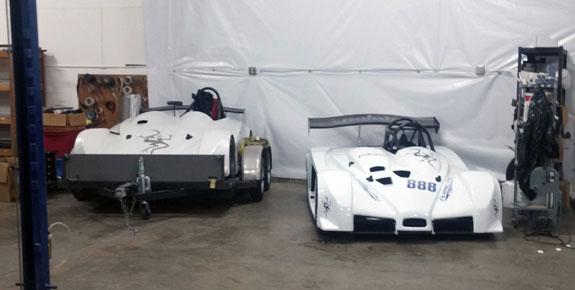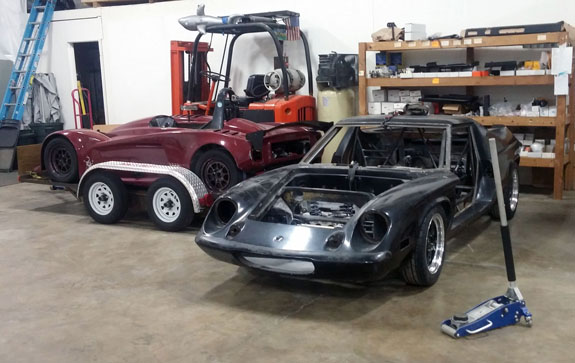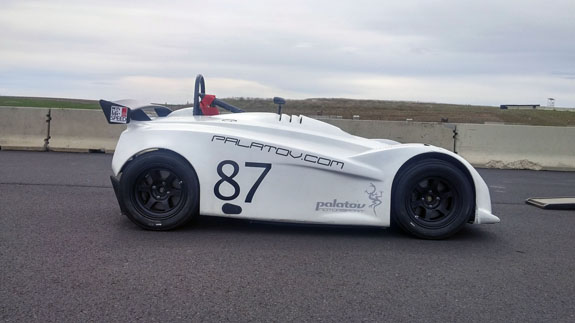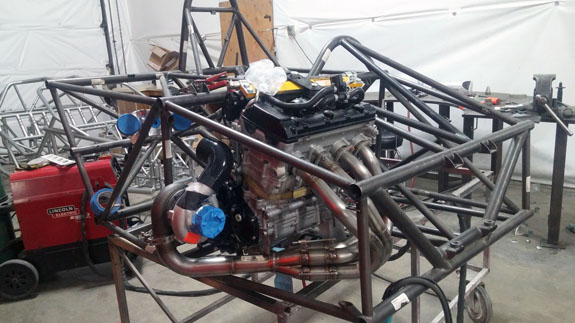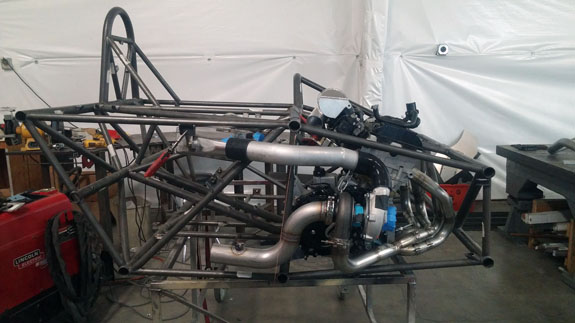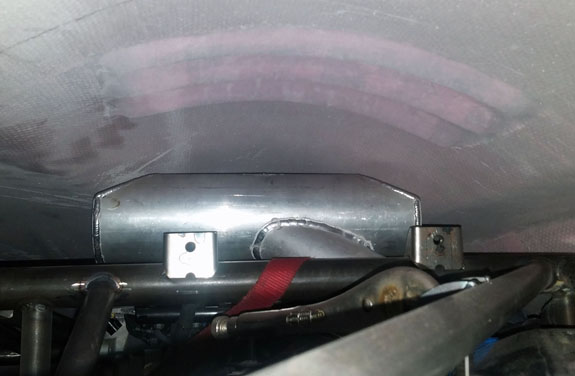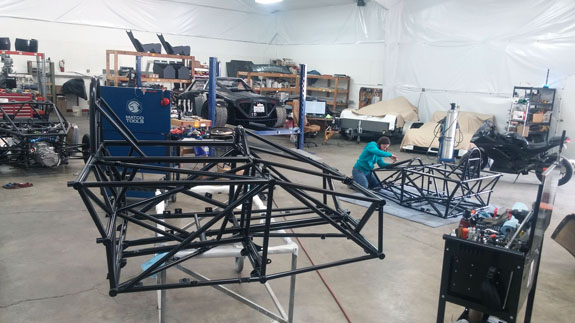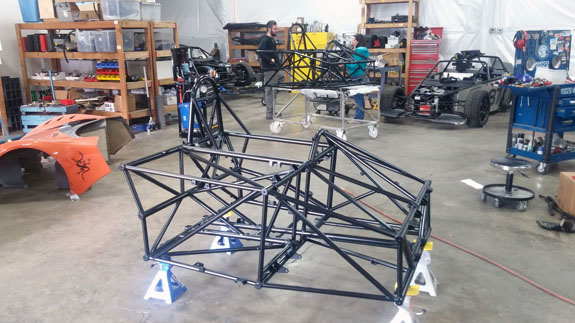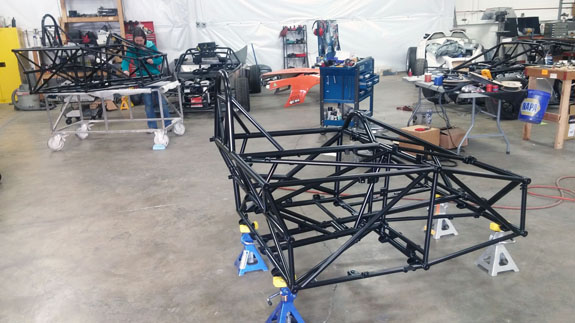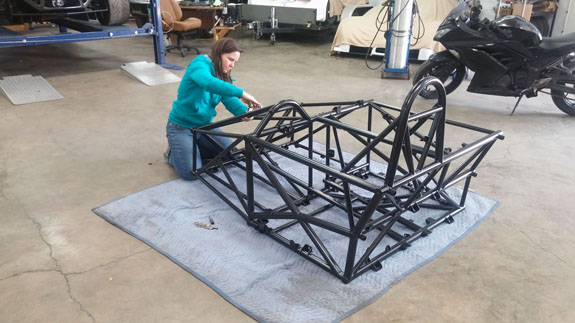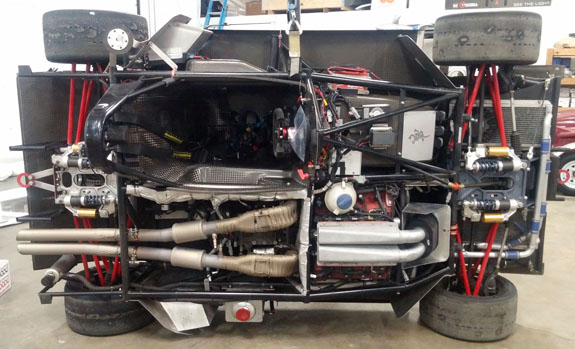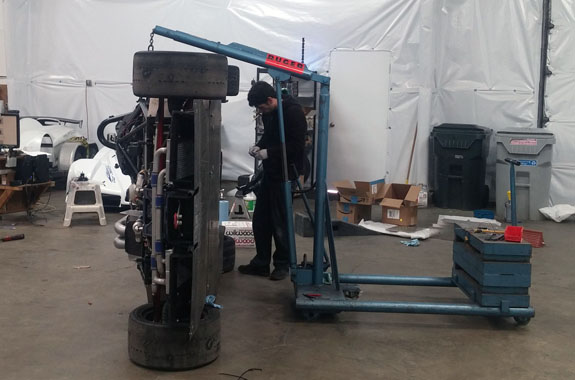|
2/23/17 Time for another incremental update. The first carbon floor is here so we have finished updating the floor mount tab locations in CAD and in real life.
One frame is now fully welded and ready for powdercoat, two more almost there.
Since this is the first batch of production Gen III design we had to make numerous updates in CAD, make fixtures, and test-fit with actual components. So it took a bit longer but well worth it in the long run.
The drivetrain design incorporates the large shock-absorbtion 'donut' (with sprocket piloted on a ball bearing) and slack-side chain tensioner.
The first bodywork is here too, just needs to be trimmed and fitted.
Our customer/intern Valerie has had a hand in tacking together her own D4 frame, and has been running the CNC mill making a lot of the parts for these builds. It's all parts we've run before, so just a matter of setting up the machine and cranking them out. Still takes care and precision though and Valerie has been doing an awesome job.
The parts for the exhaust headers are here so those are now high on the list, including the turbo version for the first car in the batch.
It's still february but we are keenly aware that the track season is just around the corner, so the atmosphere around the shop is of controlled urgency (as opposed to mad rush that comes later :). Much is getting done, much more left to do. 3/23/17 It's been a month since the last update here and a lot has been done in that time. I'll put some of it here, the rest will go into other blogs. One bit of news is that Valerie's D4 will now be a turbo AWD one as well. And even though we started with 'stage II' engine spec for both, after talking more with George Dean, our engine builder, both motors will be getting turbo pistons, Carrillo rods and intercoolers - so basically stage III spec. They'll be able to run on pump gas to 8 psi (about 250-275hp) and can go up to 16 on race fuel (360+). So two out of three D4s we're building have basically 'creeped up' to the spec of the last turbo AWD car we built (and Tristan is considering turboing his as well). Which is great, because this is what the design is all about - putting down crazy power at super light weight (about 1,000 lbs) with AWD. It is the whole reason for having the engine on the side, and in a way a D4 configured with less potency than that is not really taking full advantage of the base architecture. For a bit of perspective, the D1/D4 platform was designed as the ultimate trackday car - not necessarily a race car. The reality of trackdays is restictive passing rules. You can be as fast as you want in the corners (where most events don't allow or restrict passing), but if you're stuck behind a Viper or another high-power, cornering-challenged car, you're depending on them to be humble and lift on the straights to let you pass. Some are, many aren't. With a surplus of power and the AWD to put it down, the D1 and turbo D4 don't depend on kindness of others. If you want to pass, you can. Anyone. Anywhere. Neil (a D1 owner) has mentioned many times that GT3s don't lift for him, and he doesn't care :) Anyway, building the cars is what we've been doing (these and several others at the same time). Machining of literally dozens of parts is now done. This one, the double-shear bellcrank mount, is particularly trickly. Because of the weird angles it takes seven different operations, but it's all done in a vise without fixturing. During two of the operations, locating features are machined into the part to facilitate holding it for subsequent ops.
I call the above pictured op 'the Titanic' :)
Our intern/customer Valerie has been a huge help in the process as a CNC operator - she's been running the machine (helps that all the programs were done some time ago) so I can focus on other things. It takes a think-before-you-do-ask-if-not-150%-sure attitude, and she's been great at it. A bunch of other parts are now done as well, like the uprights for all the cars in progress. The D4 (as well as D1 and D47) uses our modular LT upright design. Like everything, we sell those separately and it's a good fit for custom cars in the 800-1,600 lb weight class.
Valerie's engine arrived recently. For Robert's car, we bought a brand new Hayabusa and are (still) parting out the stuff we don't need. In this case, I found a clean low-mileage 2008 motor on eBay. Both are valid ways to go about it, depends on whether you care that you have a brand new engine or not.
Since the turbo is here (and more on the way), we've started on the exhaust. Like everything it has minor updates from the earlier versions, to make things fit just that much better. It's how we do.
The primaries are equal within 0.1" at a nominal 22.1" each. We're using 304 stainless since we've had good experience with it in many applications. We did build a 321 header for the Pikes Peak turbo D1 but haven't really noticed anything different in how it works in our application. We use slip fits at the collector to allow heat expanson/contraction without undue stress or cracking. We've also been working on improving the packaging and routing of the electropneumatic paddle shift system - there is now a single panel behind the driver housing the compressor, reservoir, checkvalve, regulator, pressure sensor and relief valve. More on the rest of it later. Like with many things we started by buying a complete solution and are now working incrementally towards something that's completely our own, designed to our needs.
We started out 8.5 years ago with farming out a lot of our processes. But being a low-volume customer we've inevitably (and somewhat understandably) ended up at the end of the line, always being pushed back in the schedule because of higer priority big paying jobs. Not complaining - it's the reality of business - but we don't like being at the mercy of others. So we've brought a lot of it inhouse where we can control the schedule, the cost and the quality. Every process we've done this with (design, welding, machining, and so on) the rewards have been tremendous with the only downside being a shortage of time. We've toyed with the idea of doing our own composites work several times, and now we're doing it in earnest. It's a learning curve but we've climbed a few and are not intimidated by it. Below are a couple pictures of test layups for carbon wings. Still a bit to go but getting there.
Overall, the shop is busy which feels good. A few pix of some work that is going on:
4/24/17 In the neverending stream of progress on everything at once, it's time to update the D4 related stuff. Pearl got to open the track season for us a week or so ago. It was cold and windy but dry. I even got to drive a bit. I'm terribly rusty and distracted - was quite mad at myself for how I was driving actually. I've resolved to get more seat time, which has many other implications and caveats, but I'll make it happen. On the plus side I loaded the car on trailer by myself, towed it some 120 miles each way without incident, and enjoyed the few laps I got at the track. More validation for the concept.
Of course the experience wasn't without stress. Over the winter we pulled the wiring out of Pearl to get dimensions and use it as a template for making more. Then we put it back, with no changes. Car ran fine before so we didin't worry much. The trackday was on a Sunday, so the Friday before we go to test-start it... and it doesn't. Much head-scratching, pulling the wiring out and reinstalling it - nothing. It did try to fire a couple times but then got worse with ECU not even turning the fuel pump on anymore. So I had to 'become one' with the ECU mentally and asked myself, if I were it, what would keep me from running the fuel pump. In the bike there are several sensors which would do that. The tipover sensor being the main one - if the bike is laying on its side, don't want to run the engine. With over 2g lateral cornering in this car we had to bypass the sensor with a resistor (otherwise in every corner it would think it's flipped). The resistor is soldered in with heatshrink tubing for insulation and strain relief. We found where it is - looked fine. But flexing the heatshrink a bit pointed to the problem - a resistor lead had broken off. Tubing keeps it together and the connection is very intermittent at best. So we fixed it, Tristan using a piece of wood like a splint to keep it from flexing later. Car almost fires, then doesn't. And then fuel pump no longer turns on. That wrapped up Friday. I came in Saturday to try and fix it further. It must be noted that these days I hate wiring with a passion. I used to enjoy it. Electronics was my first career and I was good at it. But then I've had my fill after 20 years and now I like to think I've paid my dues. So when I have to mess with wiring, it's not fun. I had to once again 'grok' the ECU and remembered there is another resistor - one that bypasses anti-theft feature of the bike's ignition switch. Some tracing of wires to find where the thing is physically located and sure enough - same story. Took it apart, installed new resistor, added a 'splint', reinstalled wiring. Vroom. Couple more lessons learned and the wiring we build for future cars will be the better for it. Back to daily work - the construction of the intake and exhaust for the next 3 cars is well along. Ran into a bit of a snag though. We have the design pretty much sorted for cars using Gen I Hayabusa engines. However the next two use Gen II engines, which it turns out not only have different throttle bodies, but different spacing between them as well. So the intake we welded up will have to be used on Tristan's car which is the third in line, and I have to redesign and scramble to make new version. It comes soooo close to fitting, but not quite.
The next two frames are now back from powdercoat and assembly has started.
On a final note and somewhat D4 related, since it's a close sibling, just a couple random shots of Neil's D1 being serviced after the recent trackday. Over 60 hours on the car and nothing major yet. Knock on wood. It's a good view of the layout and the packaging.
Lots more happening as always, more updates on other blogs very soon. Site Sponsors and Links:
|
